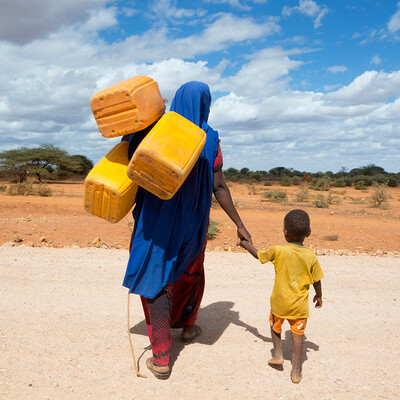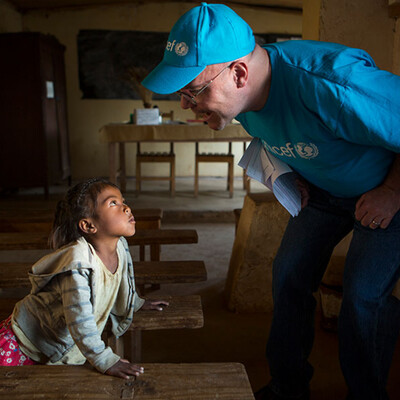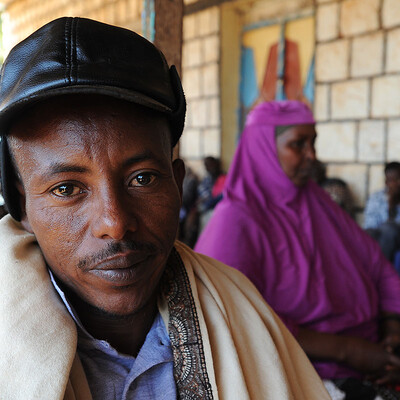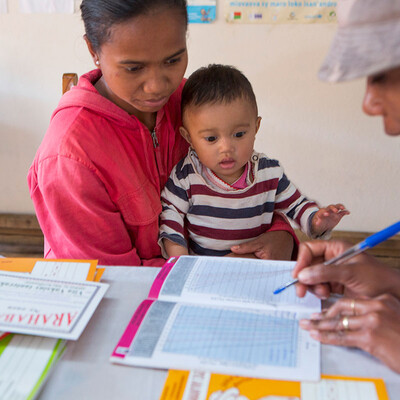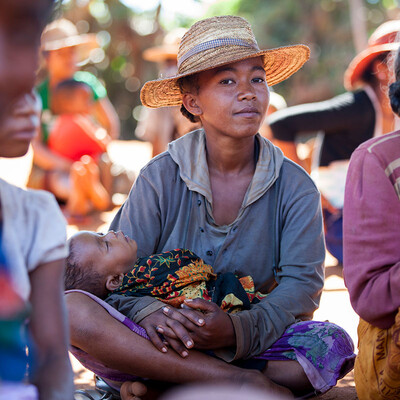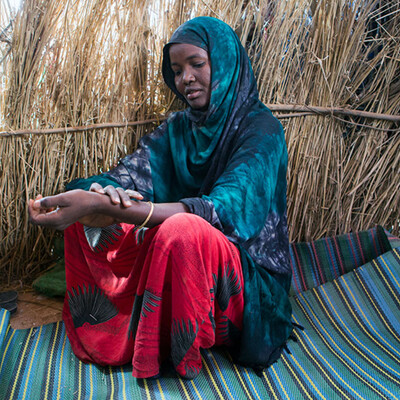In drought-stricken Somaliland, age-old challenges meet WhatsApp
Loading...
| Ununley, Somaliland
The drought was coming again, and everyone knew it – the latest manifestation of an ancient, recurring problem that has episodically plagued Somali deserts.
As livestock began to die six months ago, and the parched earth ran dry, a handful of people in this self-declared republic had a novel idea: create a WhatsApp group called Daryeel, “Caring,” to spread the news of their need.
“Necessity is the mother of invention,” smiles Ali Mohamoud Kabadhe, one of the group’s creators. “The drought has long existed in the region, but this way of helping is new.”
Little did they know the marriage of a 21st-century social messaging app with a centuries-old problem would transform the fate of their sub-clan. By marshaling the support of fellow clansmen and other donors, the project drew support from as far away as the United States and Britain, providing crucial food and water to nearly 1,000 families.
The Somali clan structure has existed for centuries to keep everyone alive in times of crisis, but the WhatsApp group is a modern version of that time-honored community support. Sitting at his computer in Burco, at the center of Somaliland's drought, Mr. Kabadhe ticks off the statistics: 600 water trucks have been sent out, and monthly food packages – rice, sugar, dates, milk, and oil – given to 864 families in 39 different villages.
Here in Ununley, a settlement 30 miles to the southeast of Burco, the WhatsApp group helped 10 families with food. Yet the blessings spread much further, as villagers made clear one recent morning when they gathered under the tin awning of a building of white-painted breezeblocks, discussing the effort as some traced designs in the sand with their toes, and others listened appreciatively.
“The assistance came when we most needed it – it changed our lives,” says Mohamed Farah, a beneficiary. “We would have died without that assistance, just like our livestock. It’s the most difficult drought we’ve ever seen.”
The local coordinator for “Caring” is Safiya Hassan Ibrahim, a no-nonsense bundle of efficiency with two cellphones who holds her young son, Mubarak, while speaking of the donations. Her herds have been struck as hard as anyone’s: Of more than 500 sheep and goats, just 40 are left; of 32 camels, only four remain.
“Almost 100 families did not move, because of the help for 10 families,” says Ms. Ibrahim, noting the ripple effect that the guaranteed support for some had on the wider community, because of sharing and a certainty of supply, no matter how small. “Food was the main thing that kept us here”: food that came as the internet spread news of this sub-clan’s plight.
Life-saving speed
“WhatsApp and [the messaging app] Telegram are revolutionary,” says Jamal Abdi Sarman, the UN Children’s Fund communication officer in Hargeisa, the capital of Somaliland, which declared independence from Somalia in 1991 but remains unrecognized. His sub-clan pioneered the project, which has become a model.
Cash can be transferred directly to the group, with details sent via WhatsApp. Somalis are already adept at making direct payments for everything from fuel to food to utilities using their cellphones and a recipient number.
“From Australia, from South Africa, from Istanbul, from California, it goes into the same account in Burco,” says Mr. Sarman. “And the speed was what mattered – life-saving depends on speed. It increases the speed of mobilization, and increases the speed of delivery, and that saves lives.”
Spread on social media, the “Caring” group’s reach took off as quickly, as the drought began decimating their life-sustaining herds of sheep and goats, and camels.
In the first month, some $20,000 in donations were sent – often direct deposits using smartphone apps – according to the creators of the “Caring” group. The second month $33,000 arrived, and then $50,000. After six months, a total of $255,000 was donated – demonstrating both a new mechanism for harnessing the Somali diaspora to help, and how it is possible for that help to arrive directly, in real time.
Truckloads of donations were delivered to coordinators in each village, and photos taken to prove delivery, which were then uploaded onto WhatsApp and Instagram for donors to see the result of their giving.
“My clan members are 850 families, and none of them perished – largely because of this initiative,” says Sarman. “What amazes us was this 21st-century technology to solve problems of those facing age-old challenges. It’s something new; nobody knew how to make it.”
Aid inspiration
The idea was so successful that other clan groups used it as a model: Messages and photos of need would spread within the initial core WhatsApp group, and then spread further on other social media platforms.
“When a person becomes bankrupt, the first thing he faces is a loss of confidence,” says Mohamed Said Aidid, one of the founders of the group.
“The first month they worried about where to live and to eat,” says Mr. Aidid. “The last six months they began to trust us: to wait for assistance, and know it is coming. Now they are very confident [the help will come]. They know they have some people they can count on.”
The next steps are to help replenish livestock, and work on long-term water projects – and even begin to help traditional herders diversify into farming, and livelihoods that depend less on rain.
“We are trying to create a pathway to sustainable life,” says Aidid. “That doesn’t mean we are leaving livestock, but reducing dependence.”
If drought does hit hard again, though, members of this sub-clan and others now know how to help: by taking their phones out of their pockets.
“We’ve seen droughts coming and going, but this is the first time we’ve seen mobile technology being employed to save lives,” says Sarman.










